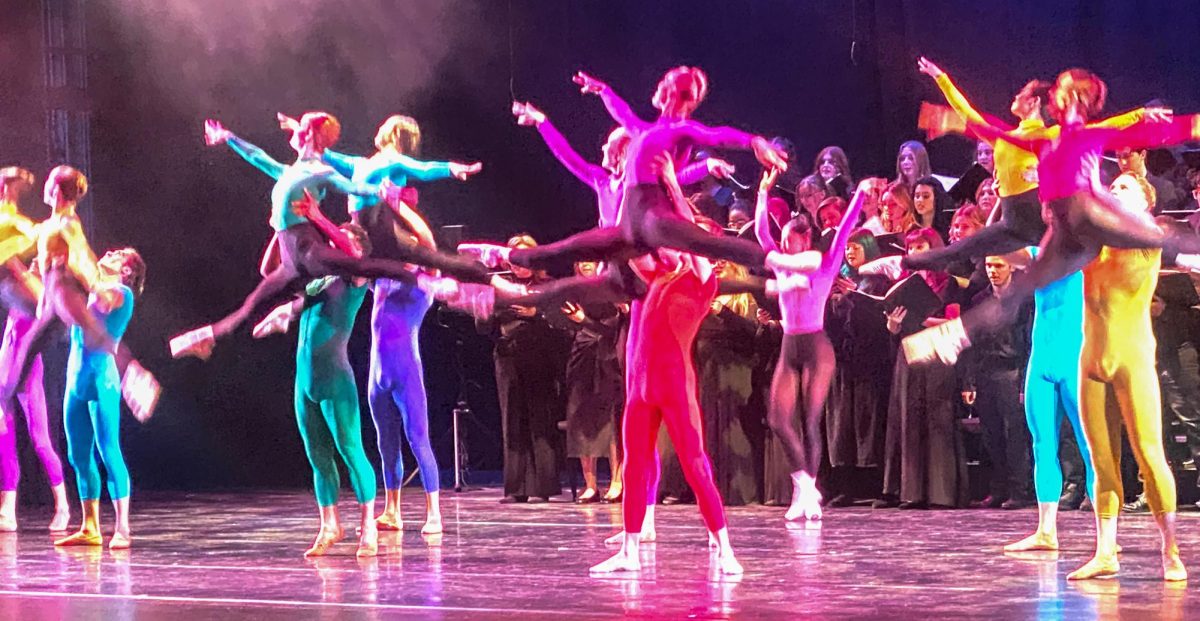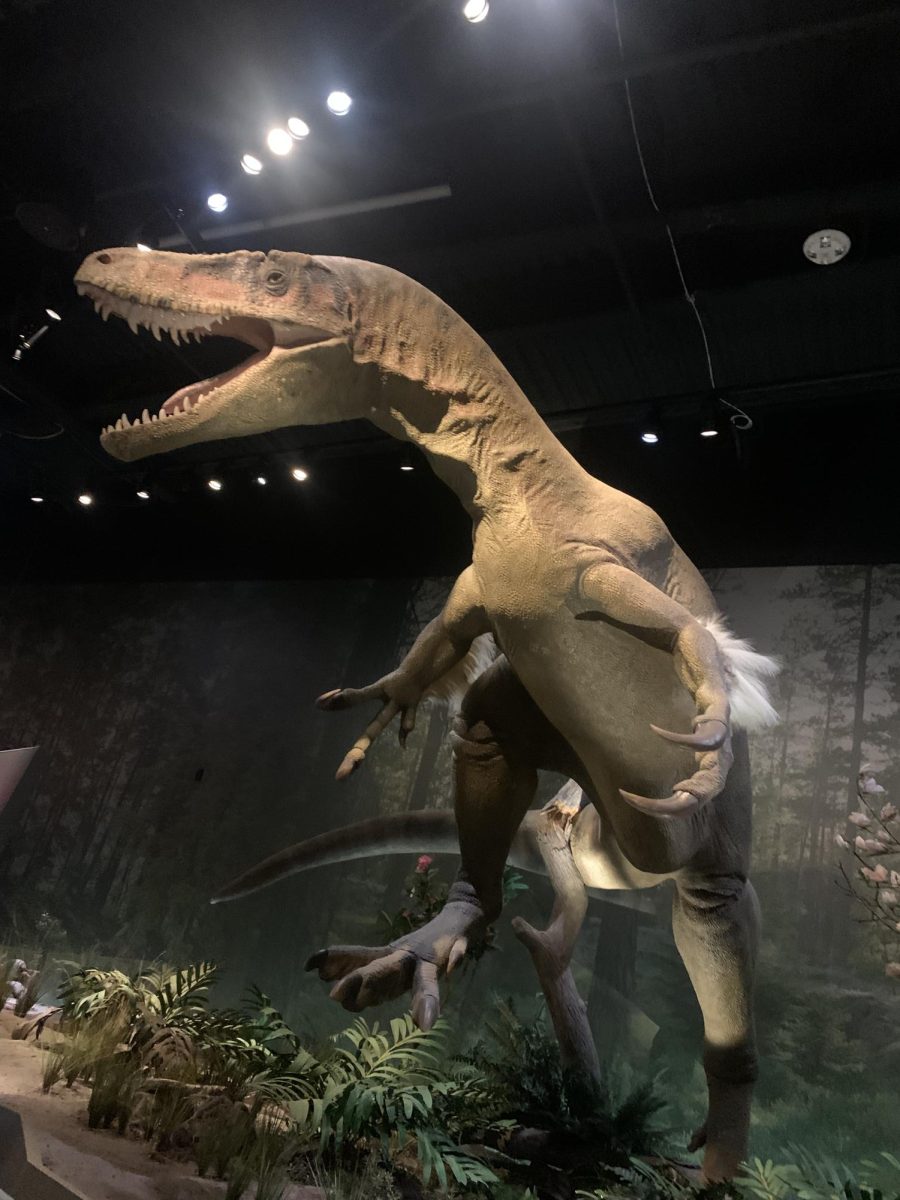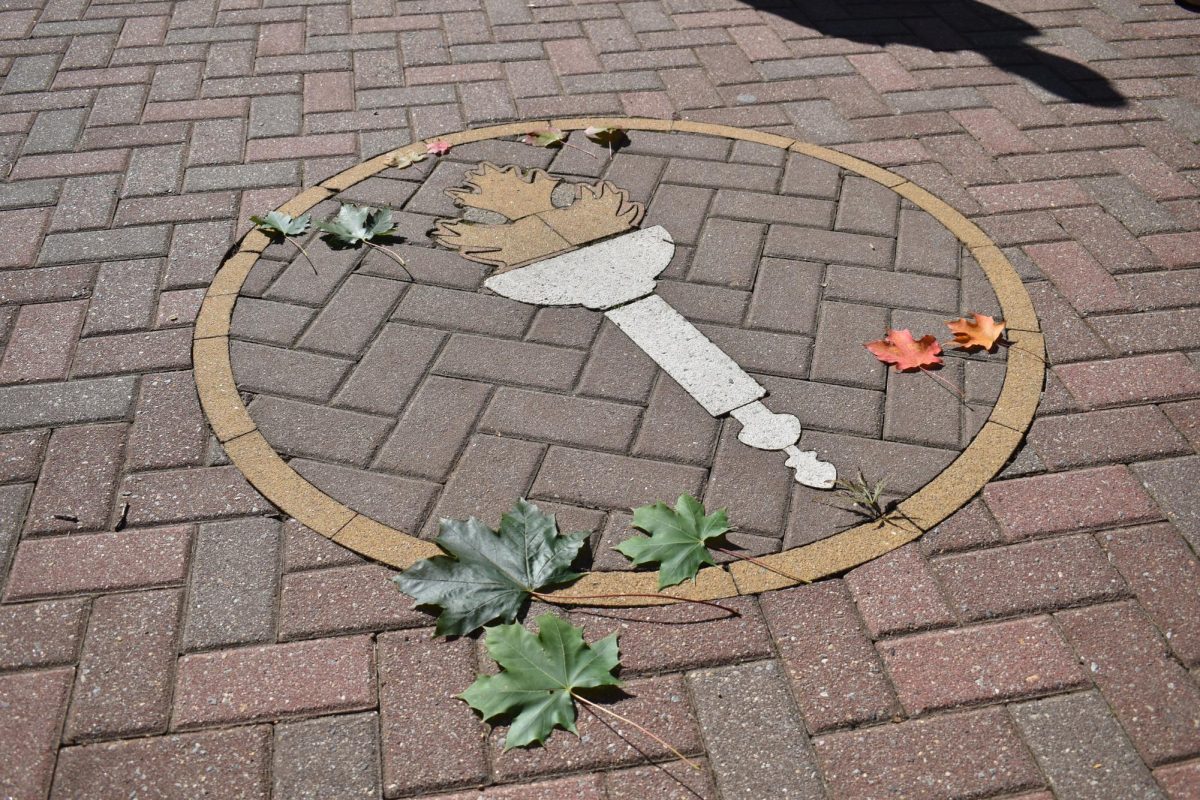With sunny skies and a gentle breeze, the weather on the afternoon of Friday, Oct. 18 could hardly have been better for the Arboretum Autumn Leaves Walking Tour.
For an hour and a half, a small crowd of Rowan students and faculty was led around campus by Dr. Sara Wright, an assistant teaching professor in the Department of Biological and Biomedical Sciences. Wright gave detailed and impassioned explanations about maples, dogwoods, hickories, and other species of trees on Rowan’s campus, saying at several points that she could have gladly kept explaining if time had allowed it.
“We have maybe over a hundred tree species. I actually discover more every month,” Wright said.
The subject of invasive species came up in Wright’s explanations a few times. The tour stopped at an ash tree in front of Mimosa Hall that only had leaves on the bottom half of its branches. It was withering away from the beetles that were burrowing through the trunk.
“It’s hard to quantify the threat,” Wright said.
The problem of invasive species has no simple solution, especially considering that many of the invasive species are the trees themselves. The Callery pear, a common sight across Rowan’s campus and the Eastern United States is actually native to eastern Asia and has become problematic enough that Pennsylvania, South Carolina, and Ohio have outlawed selling or planting the trees.
“It was put here because it has ornamental value,” said Wright. “It flowers and looks pretty…whenever they’re all white on campus, you drive and it’s white down the road, and that’s the effect of having this invasive species that keeps spreading around.”
The reason for this concern goes beyond keeping Rowan’s campus free of invasive species, and dates as far back as the university’s founding.
“John Sangree, who was one of the original faculty hired in 1923 and built the greenhouse… was the one who planted the original tree,” said Dr. William Carrigan, a history professor at Rowan who attended the arboretum walking tour. “He involved the students, and he would give them a tree. So they would plant a tree, and it would be their tree. They would still come back and visit their tree after they had graduated… Some of them even got married at their trees and did their engagements at their trees.”
Currently, the arboretum is cataloging the various wooded plants around campus.
“Once we’re finished with the trees, we will then move to the woody shrubs. So we’ll move to the smaller things that are also wooded,” Wright said.
The arboretum’s goals are not limited to categorizing trees.
“A lot of times [the arboretums] are called arboretums and gardens. And so often it’s not just the woody plants that get some attention, but there are other sorts of beautiful areas that get landscaped… I do think maybe in the future we’ll be the Rowan Arboretum and Gardens, and maybe we’ll have some curated gardens in places as well,” Wright said.
As it was over a hundred years ago, Rowan students could play a role in developing the natural features on campus.
“Just spending time outside and showing the administration and the grounds crew that you care about it, and want to be a part of it, goes a long way,” Wright said.
Being active and present on the south side of campus is also a way that students can make their appreciation known.
“The south side of campus used to be, and still is in some places, kind of a natural forest… appreciating the older parts of campus is important because if we don’t appreciate them, then eventually they’ll just put buildings there,” Wright said.
Rowan has, in both the past and present, been defined by the trees that dot the natural landscape of its campus.
For comments/questions about this story DM us on Instagram @thewhitatrowan or email [email protected]

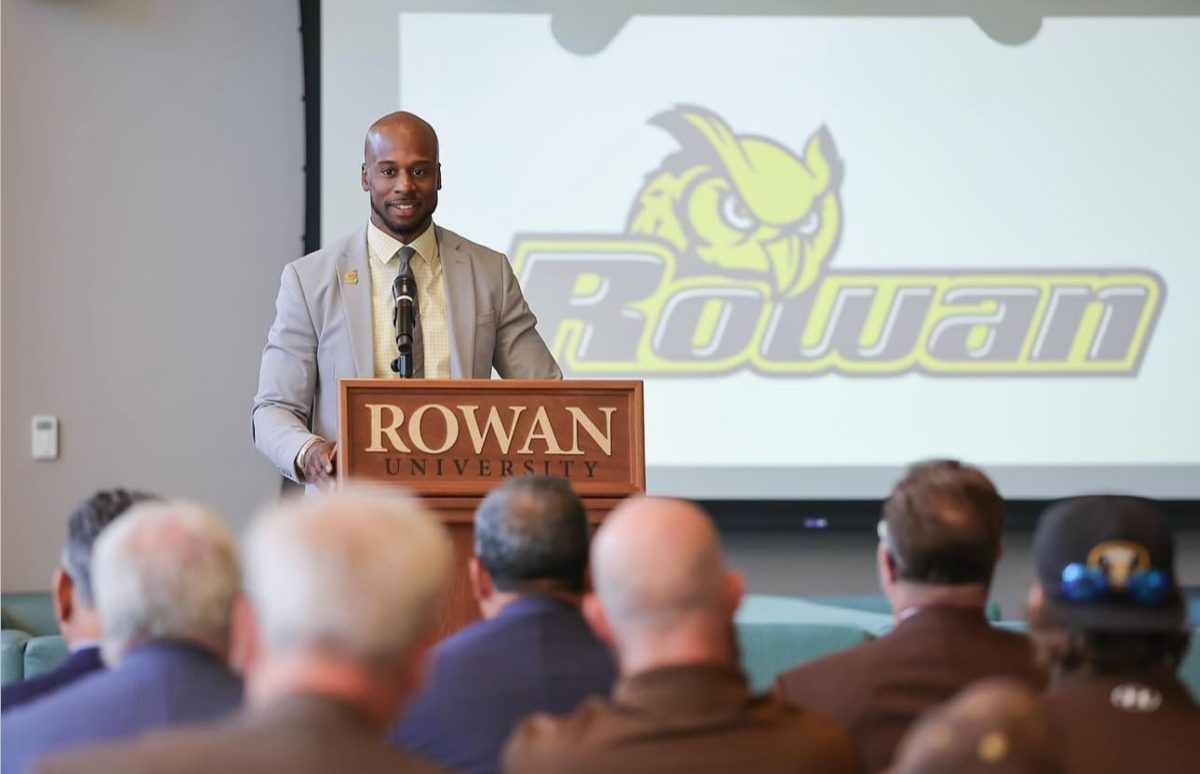

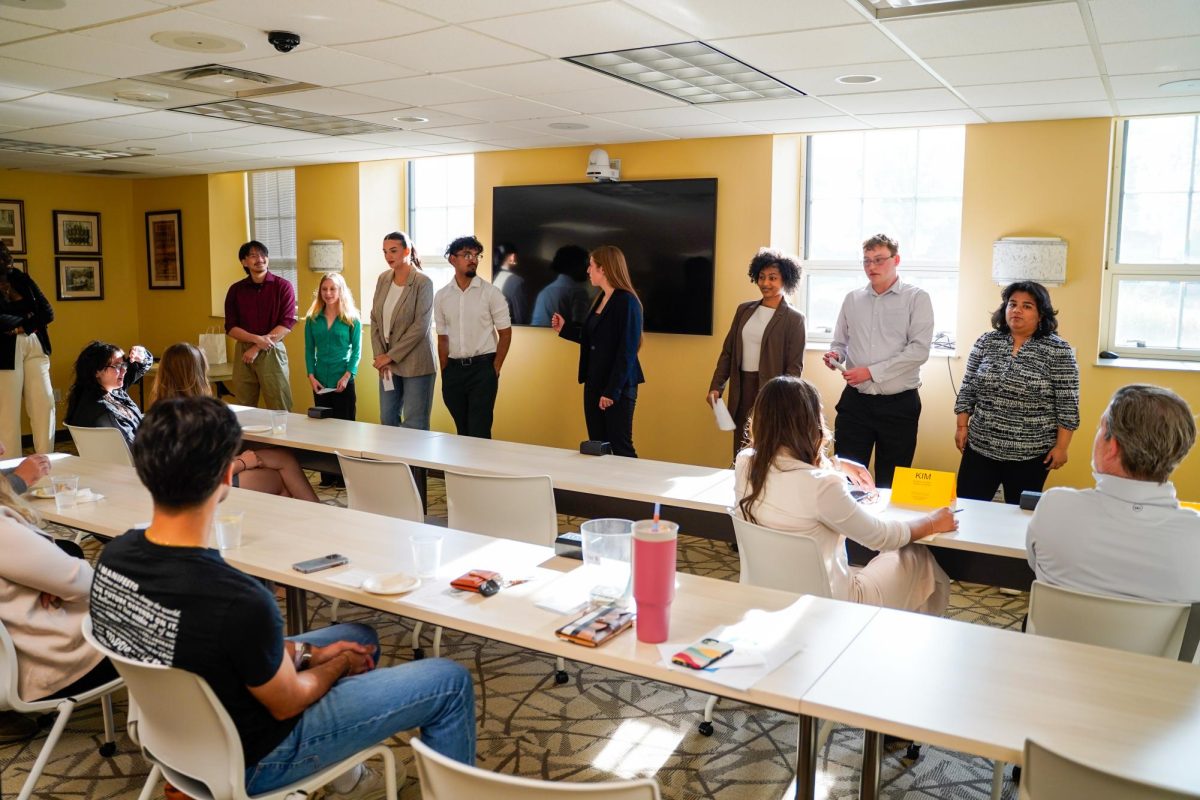
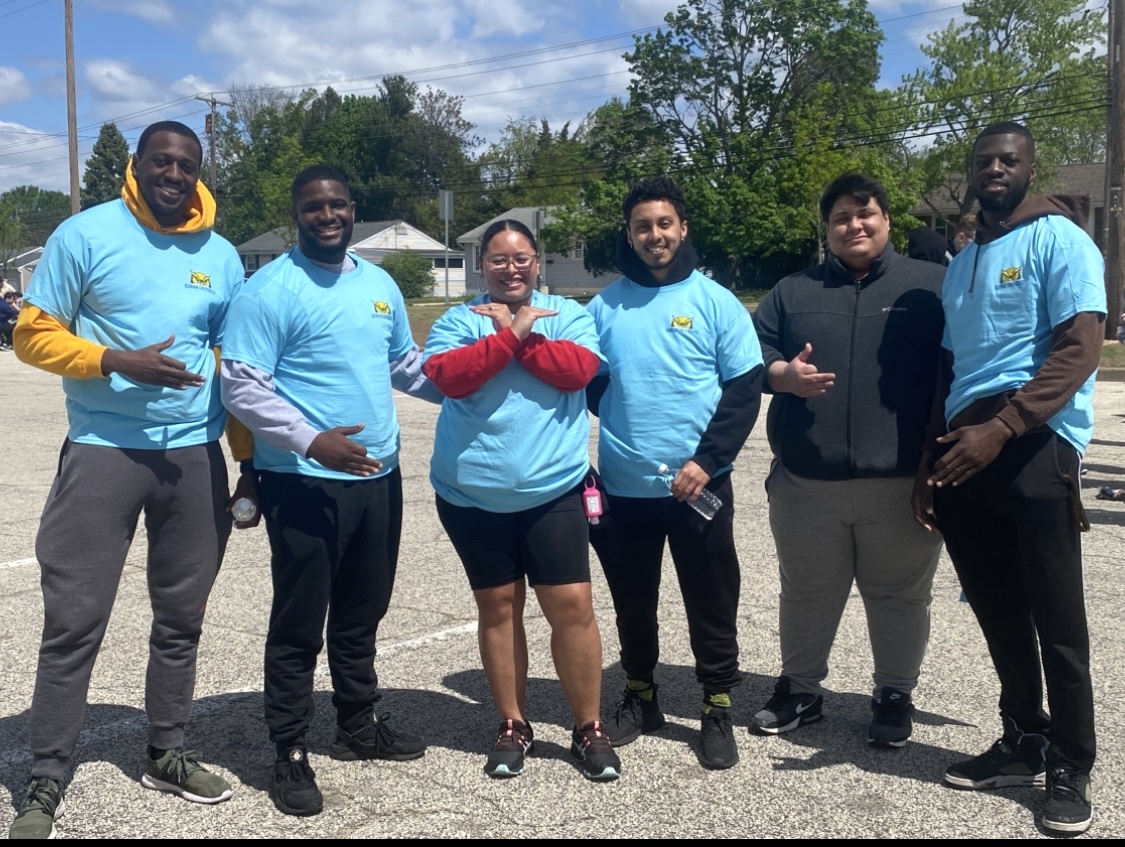















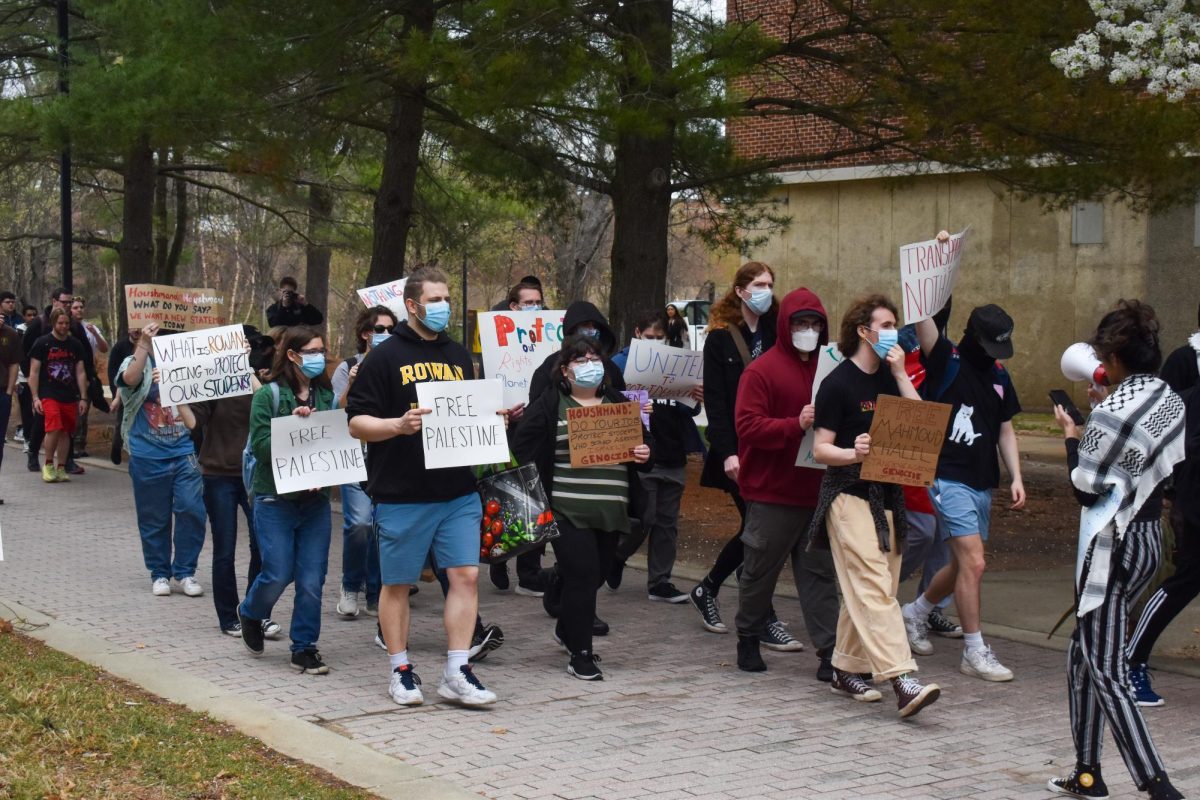
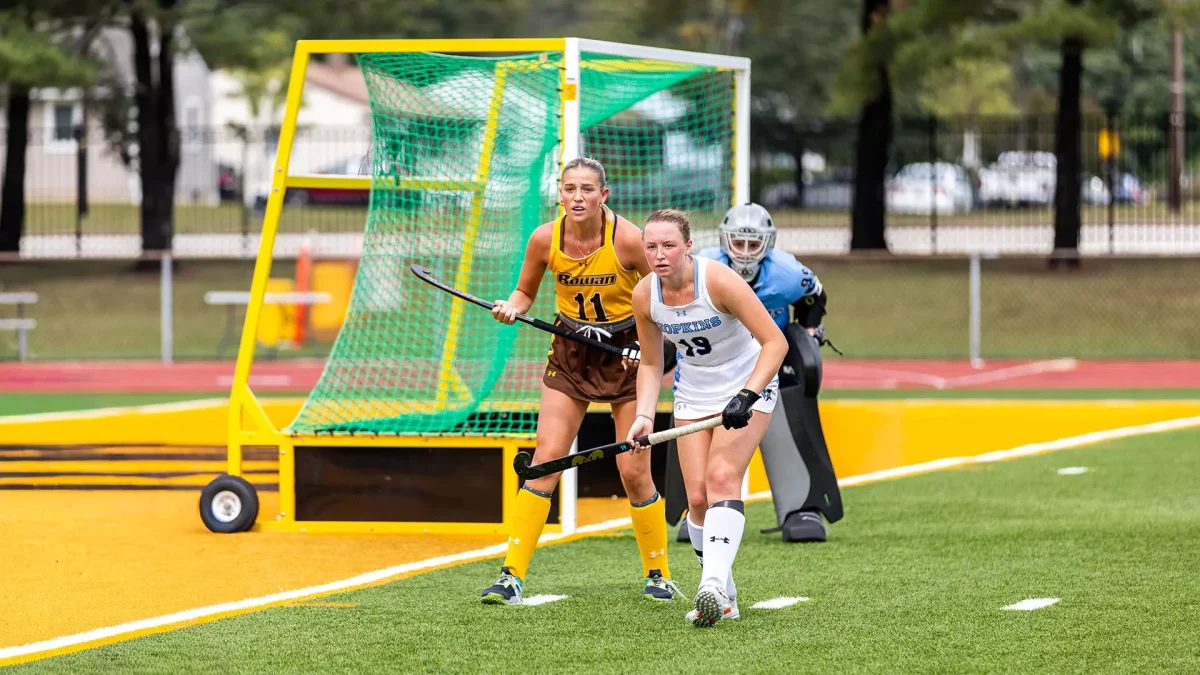







































































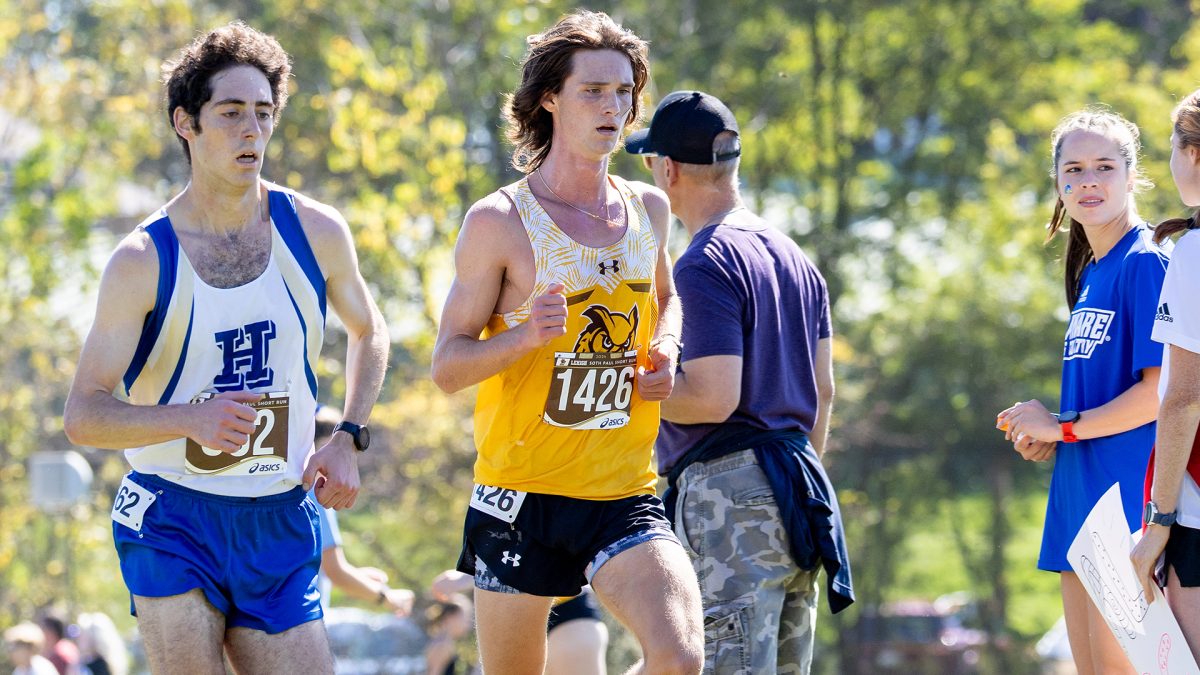



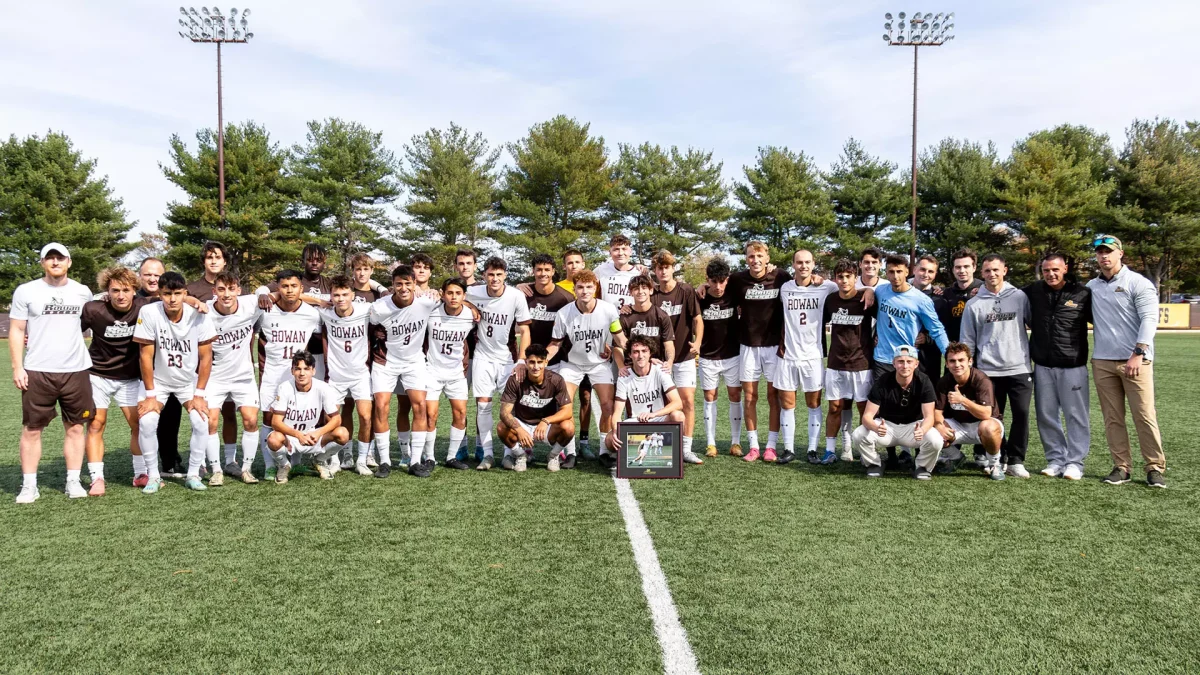









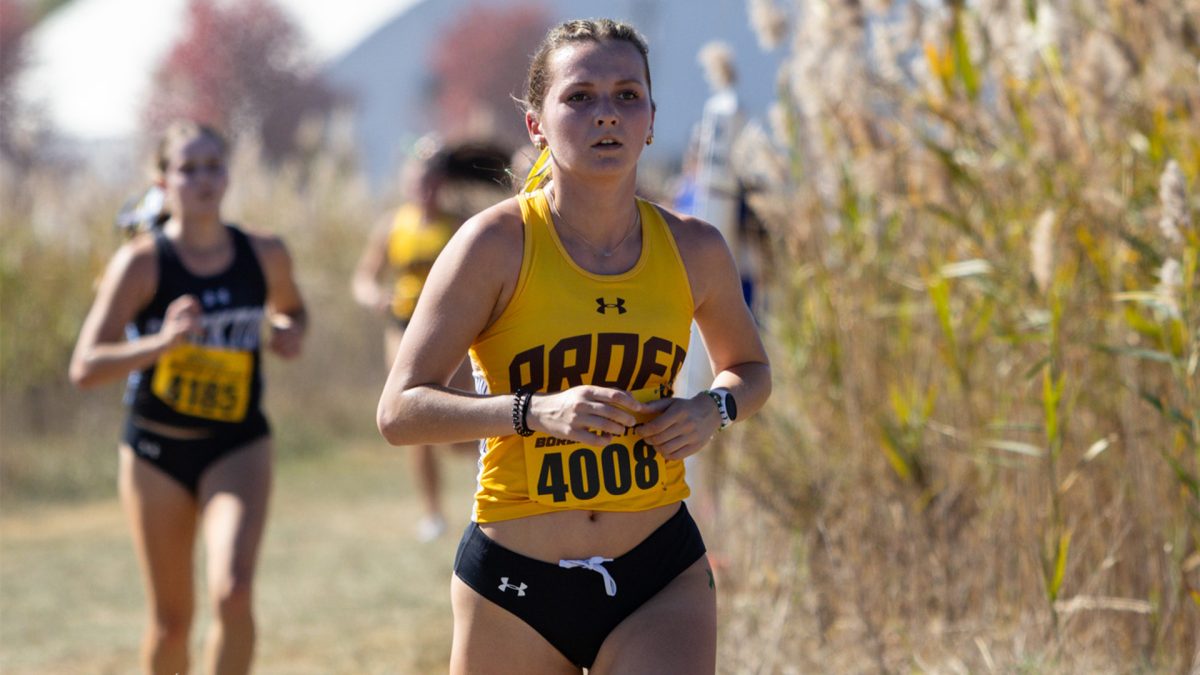




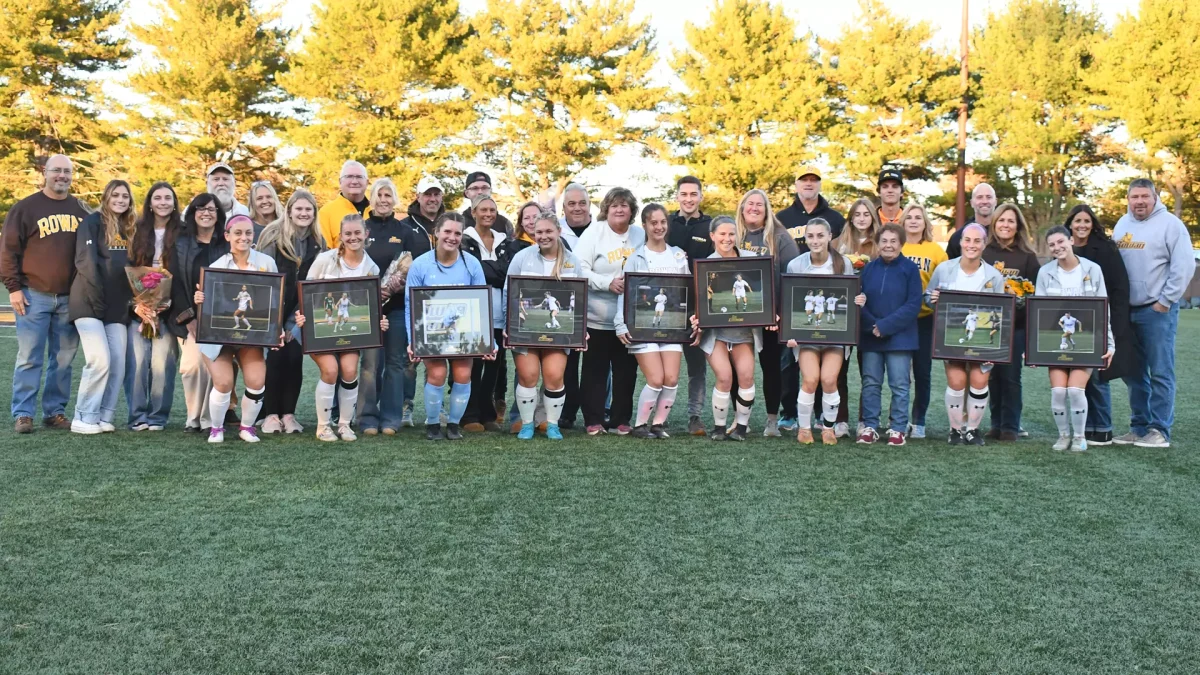















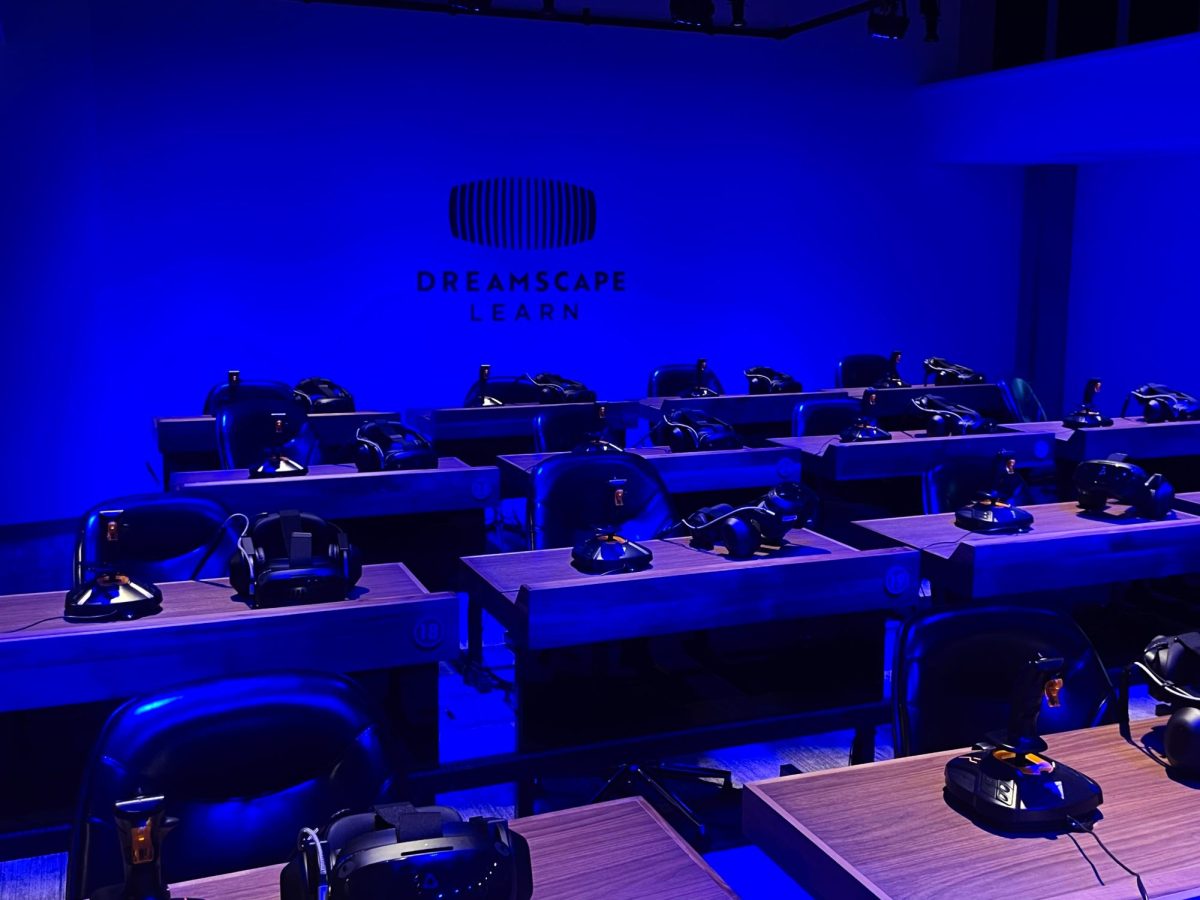

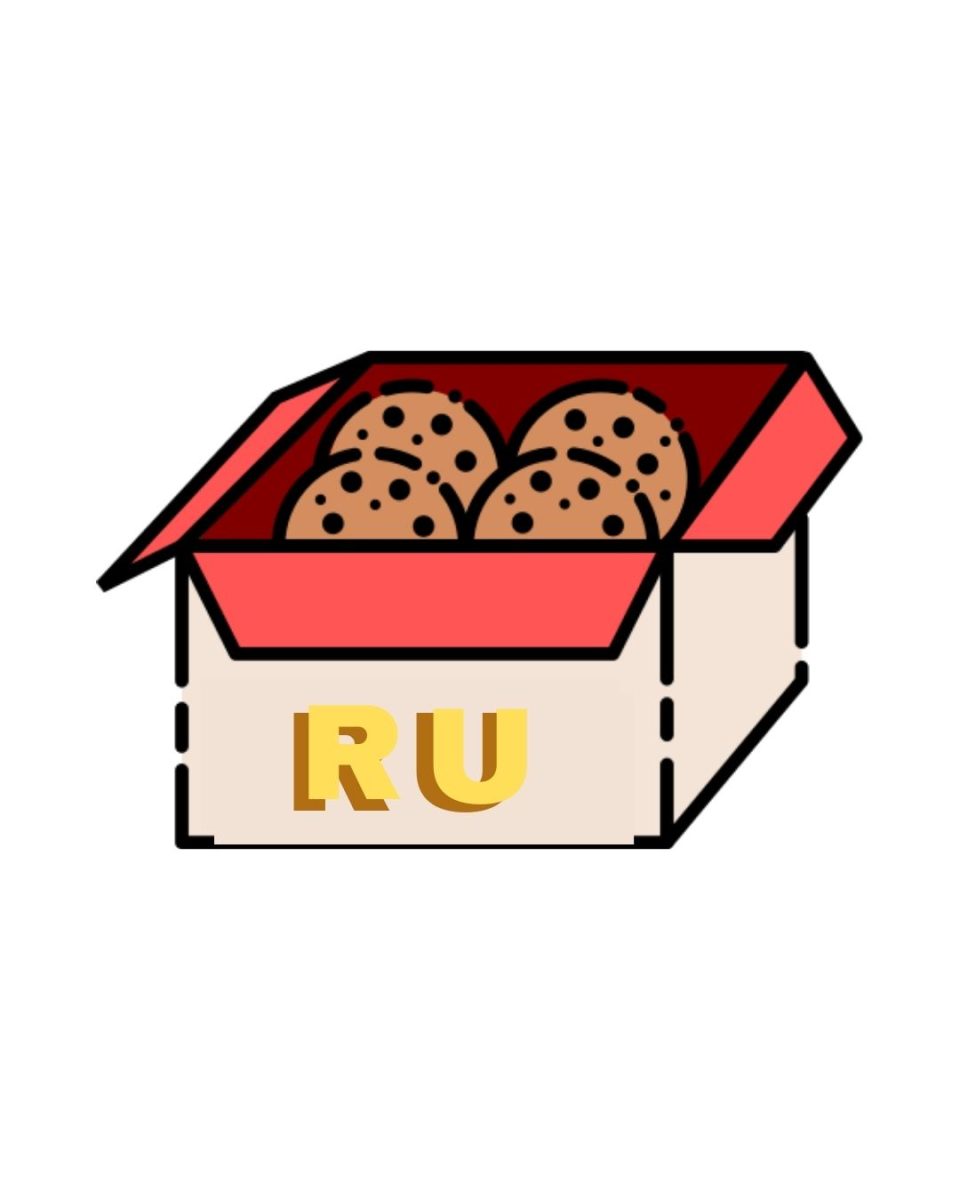






















!["Working with [Dr. Lynch] is always a learning experience for me. She is a treasure,” said Thomas. - Staff Writer / Kacie Scibilia](https://thewhitonline.com/wp-content/uploads/2025/04/choir-1-1200x694.jpg)

